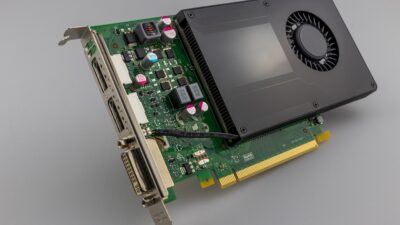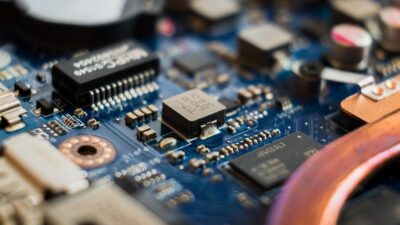In the ever-evolving world of graphics processing units (GPUs), few names evoke as much passion and debate as AMD’s Radeon series. With gamers and content creators placing high stakes on performance, understanding how these GPUs stack-up through benchmarks has never been more critical. But with marketing glitz and the latest tech jargon often clouding the true performance metrics, one question persists: are Radeon performance benchmarks worth the hype?
Understanding Radeon Performance Benchmarks
Radeon GPUs have historically targeted two key demographics: gamers and professionals in creative fields. Performance benchmarks serve as an invaluable tool for these users, offering insights into how well a GPU handles various tasks, from gaming to video rendering.
Benchmarks typically classify performance into several categories:
- Gaming Performance: Measured in frames per second (FPS) across various titles.
- Productivity: Evaluated through rendering speeds in software like Adobe Premiere Pro and Blender.
- Power Efficiency: Efficiency ratios are analyzed to provide insight into performance per watt.
Common tests involve synthetic benchmarks such as 3DMark and real-world scenarios with popular games like "Cyberpunk 2077" and "Call of Duty: Warzone."
The Hype vs. Reality: A Closer Look
1. Gaming Performance
AMD’s latest Radeon GPUs, like the RX 7000 series, have garnered praise for their competitive performance, especially in 1440p and 4K gaming. Benchmarks often highlight their ability to compete with Nvidia’s offerings at a more affordable price point. In several cases, users report FPS figures that align with or exceed those of rival products in similar price brackets.
However, the reality can differ based on the specific titles and settings. Gamers may find that while Radeon cards perform exceptionally well in certain games optimized for AMD architectures, they may lag behind in others, particularly those leveraging Nvidia’s exclusive technologies like DLSS andRay Tracing.
2. Productivity
For professionals relying heavily on rendering and editing video and graphics, Radeon GPUs have made significant strides. Benchmarks for software like DaVinci Resolve show competitive results, but user experiences often reveal subtle nuances. The raw power might be there, but software optimization can be a determinant factor—sometimes favoring Nvidia.
3. Power Efficiency
The ongoing battle between AMD and Nvidia also extends to power consumption. Historically, AMD has closed the gap in this arena. Recent benchmarks indicate a trend towards improving power efficiency, but some users still find Nvidia’s offerings to have a slight edge in terms of performance-per-watt ratios.
Are Benchmarks Enough?
While benchmarks provide a valuable framework for assessing GPU performance, they are not the sole factor in determining a GPU’s worth. It’s essential to consider:
- Use Case: Is your primary need gaming, rendering, or both?
- Software Compatibility: Certain applications benefit from different architectures.
- Budget: Price-to-performance ratio matters, especially for enthusiasts seeking value.
The User Experience
User reviews and community feedback are just as critical as benchmark numbers. Many Radeon users report satisfaction with their cards, citing not only performance but also the amount of VRAM and features like Smart Access Memory (SAM) that enhance overall experience.
Conversely, Nvidia’s dedicated AI-enhanced features, like DLSS, create a compelling proposition that may sway some users despite potential performance deficits in specific scenarios.
Conclusion
Radeon performance benchmarks are undoubtedly an essential aspect of purchasing decisions for gamers and creators alike. They provide a quantitative basis for understanding how a GPU will perform against its competitors. However, it’s crucial to approach these benchmarks with a critical eye, factoring in personal use cases and software compatibility.
In many situations, AMD’s Radeon lineup lives up to the hype, delivering solid performance and value. For those considering a new GPU, the best approach is to combine benchmark results with user experiences to determine the best fit for individual needs. Ultimately, the most potent metric may not be found in the numbers at all, but in how well a GPU can enhance your gaming and creative endeavors.

